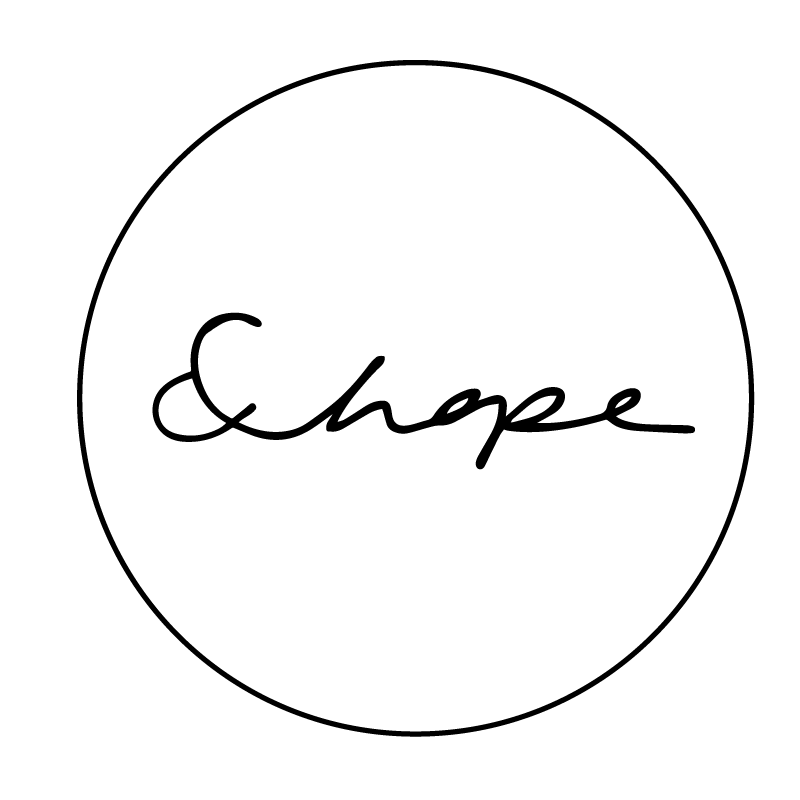3 simple techniques to be a better decision maker
As we all know, we are busy. When asked the question “how’s work going?” the standard response is “busy”. So how do we make sure we are spending our precious time on what really matters to us? Here are three simple techniques I love to use to keep my work/life balance in check.
Yes to A, is a no to B, so what is B?
This is a short sentence that you should get in the habit of thinking through with every decision. Time is a finite resource, so this little sentence is a great help to make you think about what the consequence of each decision really is and therefore whether it is worth it.
So let’s do an example: If you think that you will need to do overtime at work (A) then what does that mean you are essentially saying no to; is it time with your family? Putting the kids to bed? A date? Time for yourself to relax? Dinner with your friends? Run through your B options and ask whether you really want to say “no” to these things. Also think about whether your A option is a one off or is this a regular occurrence. If you are only doing say overtime or going to a conference a few times that may be ok, but is this happening every day, week or month and therefore if the no’s to B keep building up: what does that mean for you.
The distant elephant
This technique is for when you are asked to do something that seems a long time away. For example, if you get asked to give a keynote speech at a conference next year. In these situations, it is really easy to say “yes” straight away, as it feels like you have plenty of time to deal with it; the “future Beth will work it out”. However, inevitably, that small distant elephant moves forward, becoming bigger and bigger, and before you know it, you have to give the keynote at a conference next week that you haven’t properly planned for resulting in stress.
So how can we try and stop sabotaging ourselves? Before giving your answer, think about how much work is this really going to be. So if we stick to the giving a keynote speech example, we may want to think about how much time it will take to: think about what your key message is, collate the information you need, put it together, practise your speech, send it over (if applicable), travelling to the conference, rehearsal time at the conference, delivery of speech, time for questions and follow up (if required), any other conference obligations that are expected and then travel time back from the conference.
When you break down this down and really think about the amount of time and work required, is it really what you want to do? This question links back to a “yes to A is a no to B, so what is B?” to help you decide if this is the correct use of your time and what you would gain if you did do it.
The salami
How could I not bring food into this somewhere? This is great to use in conjunction with the distant elephant to think about how big that elephant really is.
When you get put on a project or given a big task to do, it can be overwhelmingly stressful. You can be unsure where to start – this is the salami. You cannot sit down and eat an entire salami in one go…well I am sure I could, but MyFitnessPal would not be happy about it. So what do we do?
We slice it up into manageable chunks and take a little bit at a time, before we know it, goodbye salami and hello happy Beth. So how does this relate to work? Simple, you just need to break down the task at hand into manageable slices (you may even be able to give a few slices to a colleague). Then focus on each slice and soon enough the whole task will be done!
These three techniques may seem very simple, but from my experience simplicity is the key! No one wants to waste their time going through an overly complex process, especially when under pressure. When push comes to shove and you are stressed, overwhelmed or struggling with a decision just think: Elephant, Salami, what is B? and you will work it out.

